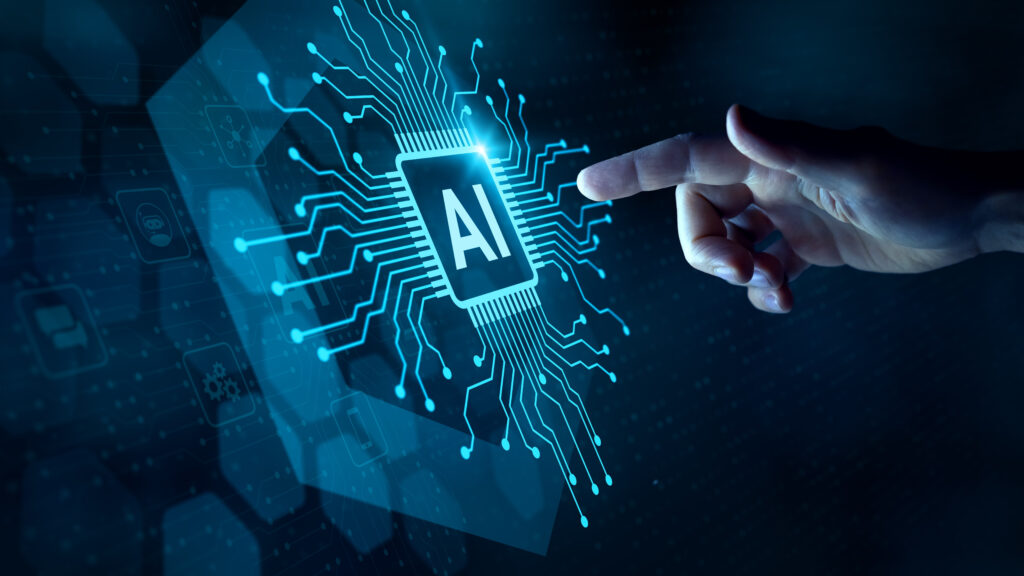It’s hard to argue with the productivity gains of GenAI tools like ChatGPT: tasks that once took hours now take minutes. But amid the rush to automate, a fundamental risk is emerging. GenAI is becoming a crutch. And if not careful, it could quietly erode the skills our teams need to remain effective, adaptable, and competitive in the long term.
Business leaders must therefore encourage teams to ‘learn before they lean’. While these tools can augment our work, they shouldn’t replace understanding and they should definitely not shortcut learning. When using GenAI, the principle that needs to be adopted is: if you couldn’t do it yourself, you shouldn’t use it to do it for you.
Chief Technology Officer at Aimii.
Take software development as an example. AI tools can now generate entire blocks of code on command. But unless the developer understands what the code is meant to do, they’re not really in control. They may miss errors in logic, overlook hallucinations, or fail to recognize when the output is based on a less-than-optimal sequence of predicted tokens.
Performance and security issues can also slip through the cracks. Without that understanding, they’re essentially copy-pasting and hoping for the best. After all, these are still just prediction engines – generating what looks right based on patterns, not actual reasoning.
This isn’t just risky – it’s unsustainable. In highly regulated or mission-critical environments, this can introduce serious operational and reputational risks. Simply put, if the output can’t confidently be validated, it shouldn’t be deployed.
The risk to early-career talent
The problem is even more of a concern for early-career professionals. For example, for junior developers, GenAI represents a seductive shortcut. After all, why wrestle with a problem for hours when an AI tool can solve it instantly?
Because struggle builds skill. Using GenAI before understanding the fundamentals is like handing a student a calculator before they’ve learned arithmetic. It may be faster, but if they don’t know how the answer was reached, they’re not in a position to challenge it, build on it, or spot when it’s wrong.
Recent research from Microsoft and Harvard supports this. It shows that overreliance on GenAI tools can reduce critical thinking and motivation. People become passive thinkers, rather than active problem solvers. That’s not just a learning issue – it’s a long-term problem for the entire business.
The strategic blind spot
This overdependence could also create a dangerous blind spot at the organizational level. In the short term, teams might appear more productive. But in reality, they may be losing touch with the essential skills that make them resilient and adaptable.
What happens when AI models change, or new regulatory frameworks require manual review? What if an organization’s chosen tool is taken offline, made obsolete, or introduces inaccuracies that aren’t immediately detected?
The assumption that GenAI will always be available, accurate, and aligned to your needs is a fragile one. If teams haven’t developed foundational knowledge, it’ll only make them ill-equipped to cope when things go wrong- or when they need to do something AI can’t handle.
This is particularly worrying given the existing skills shortage in areas like data science, software engineering, and cybersecurity. If GenAI becomes a substitute for learning, there’s a risk that the shortage will deepen and leave critical roles unfillable.
A smarter path forward
This doesn’t mean GenAI should be rejected altogether. The value it delivers is clear but it’s time to be more strategic about how it is integrated into the workplace.
Here are three principles that business leaders should adopt:
Learn before you lean: Encourage employees to develop an understanding of a task before turning to GenAI. Build a culture where learning comes first, and where speed is only celebrated when it’s built on substance.
Co-pilot, not autopilot: AI should assist, not replace. In areas like coding, compliance, or decision-making, GenAI should act as a second set of hands – not the brain. Human judgment must remain at the center of complex tasks.
Set clear boundaries: Establish internal guardrails around when and how GenAI can be used. Define tasks where human expertise must stay in the driver’s seat. Make sure employees understand both the capabilities and the limitations of the tools they use.
Business leaders have a responsibility to make sure today’s productivity gains don’t become tomorrow’s capability gaps. GenAI brings many positives. However, it must be treated with the same care and consideration that would apply to any powerful tool.
Use it to accelerate, yes. Use it to reduce repetitive work, absolutely. But never let it replace the need for real understanding, hands-on experience, and continuous learning. Doing this will help to build not just better output – but better professionals.
We list the best employee management software.
This article was produced as part of TechRadarPro’s Expert Insights channel where we feature the best and brightest minds in the technology industry today. The views expressed here are those of the author and are not necessarily those of TechRadarPro or Future plc. If you are interested in contributing find out more here: https://www.techradar.com/news/submit-your-story-to-techradar-pro

